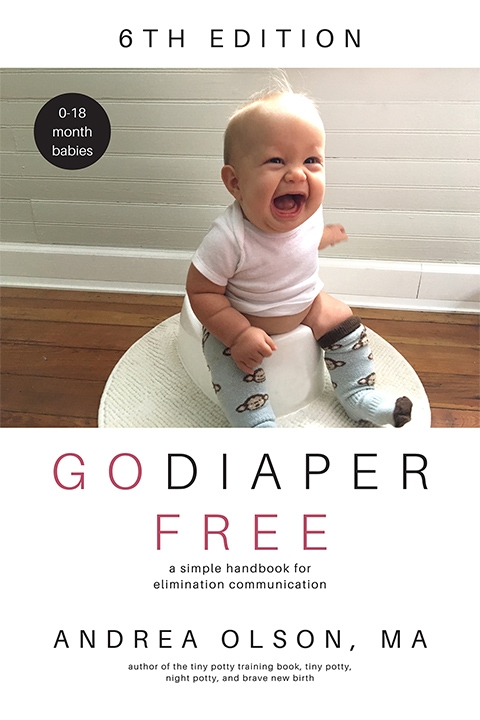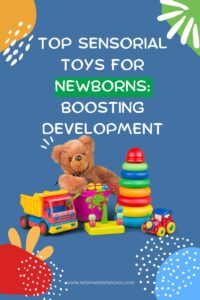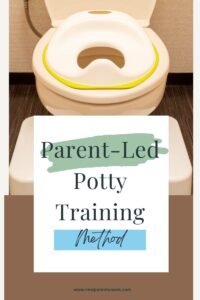Some links on our blog are affiliate links, meaning at no extra cost to you, we may earn a commission if you purchase through them. We participate in the Amazon Affiliate Program, and we recommend products we believe in. Your support helps us keep providing valuable content. Thank you!
Elimination Communication (EC) is a natural, infant potty training method that involves identifying and responding to your infant’s cues for elimination needs.
This approach fosters early communication between parents and their infants, aiming to address the baby’s need to eliminate without relying exclusively on diapers.
Practiced worldwide and rooted in the traditions of various cultures, EC can start as early as birth and focuses on the mutual responsiveness of parent and child.
Key Principles:
Cue Observation: Parents learn to observe and interpret their baby’s specific signals for needing to eliminate, such as squirming, fussing, or making certain sounds.
Timing and Patterns: Alongside observing cues, parents also learn the timing and natural rhythms of their baby’s elimination patterns, offering opportunities to use the potty at likely times.
Cueing the Baby: Parents use specific sounds or gestures (like a gentle “ssss” sound) to associate with elimination, helping the baby recognize and respond to the need to use the potty.
Gradual Introduction: EC is not about immediate diaper freedom but gradually reducing dependency on diapers as the baby becomes more aware and able to communicate their elimination needs.
Advantages:
Early Potty Training: Many EC-practiced children become potty trained earlier than those who follow conventional potty training methods, often by their first birthday.
Reduced Diaper Use: EC can lead to a significant reduction in diaper use, which is environmentally beneficial and cost-effective.
Enhanced Bonding: The close observation and responsiveness required for EC can enhance the bonding process between parents and their infant, fostering a deep sense of connection.
Awareness and Communication: EC promotes early communication skills and bodily awareness in infants, encouraging a proactive approach to their own needs.
Considerations:
Time and Commitment: EC requires a significant time commitment and constant attention to the baby’s cues, which can be challenging for some parents.
Societal Acceptance: Depending on cultural norms and personal comfort levels, practicing EC in public or explaining it to others can sometimes be difficult.
Flexibility Required: The method requires a flexible approach, as success varies from day to day and from child to child.
In Conclusion
Elimination Communication is a deeply engaging and environmentally friendly approach to infant care that aligns with the natural elimination needs of babies.
It suits parents willing to invest time and attention into a more communicative and responsive way of addressing their child’s needs from an early age.
By fostering early independence and reducing reliance on diapers, EC offers a unique perspective on the developmental milestone of toilet training.
Here’s a link to get more in depth on this Method and this book recommendation Go Diaper Free by Andrea Olson.

Happy Potty Training!







